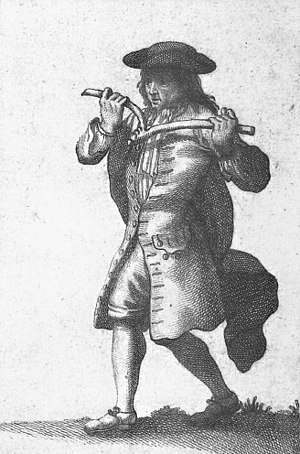Hey there.
Spurr, are you saying the lux meters are no use at all? I havent got the money for anything very expensive, and it would only be used to get my lighting evenly spread out and place my vertical walls of bud the right distance from the lamp.
While I understand that lux isnt a horticultural measurement, I figured it would be useful for this, and I know a few others have used them for setting up a vert.
Spurr, are you saying the lux meters are no use at all? I havent got the money for anything very expensive, and it would only be used to get my lighting evenly spread out and place my vertical walls of bud the right distance from the lamp.
While I understand that lux isnt a horticultural measurement, I figured it would be useful for this, and I know a few others have used them for setting up a vert.

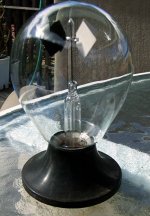

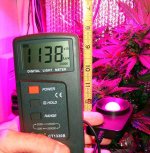


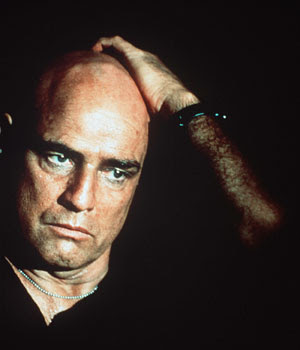
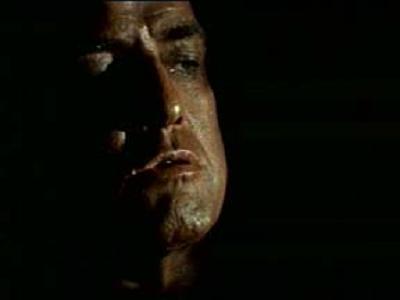




 an' leave it at dat.
an' leave it at dat.